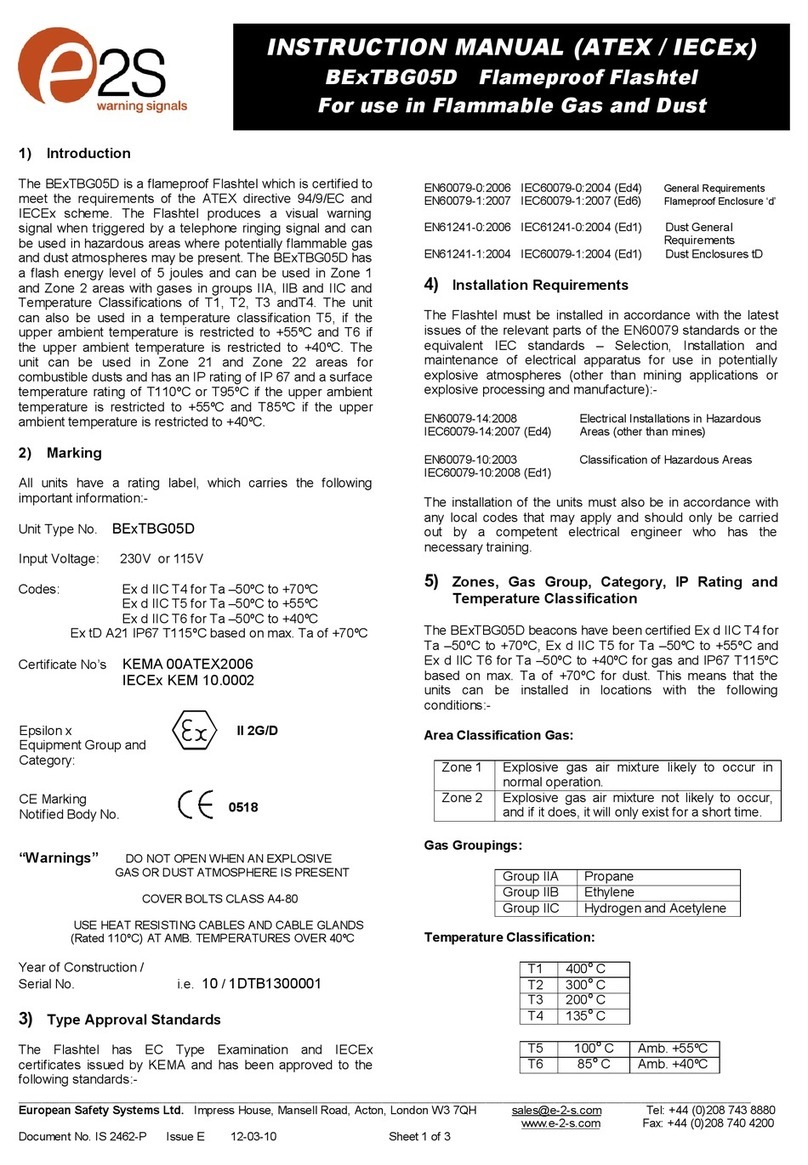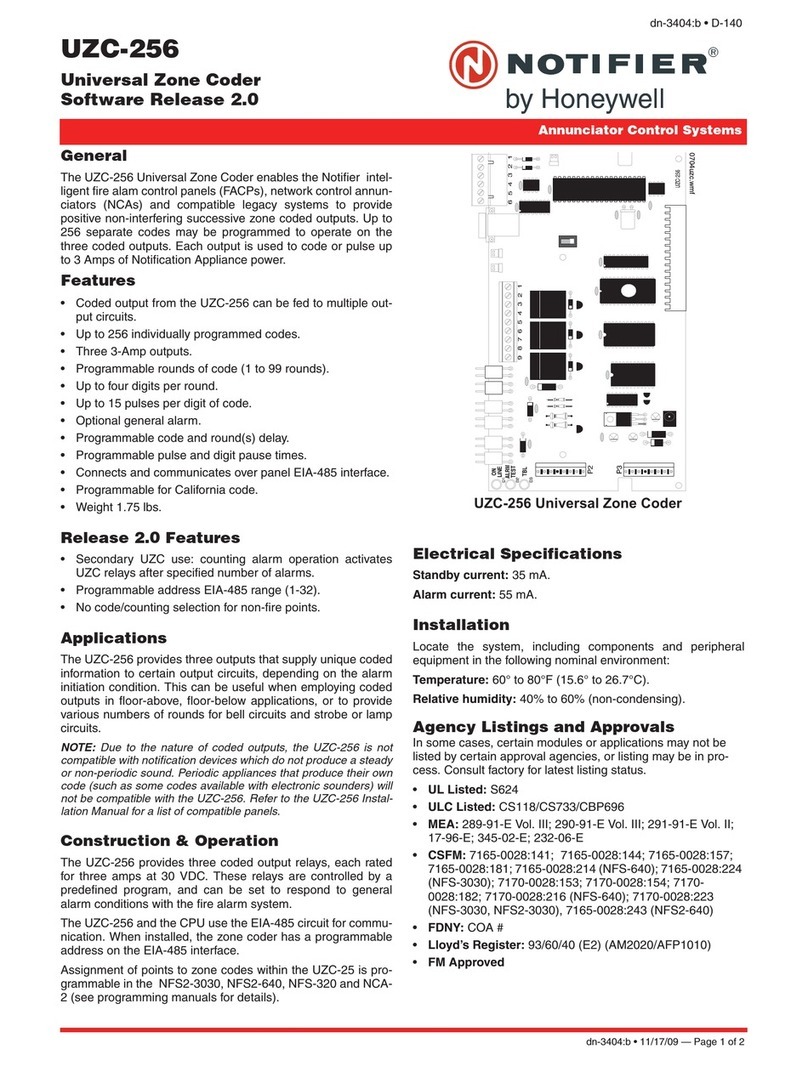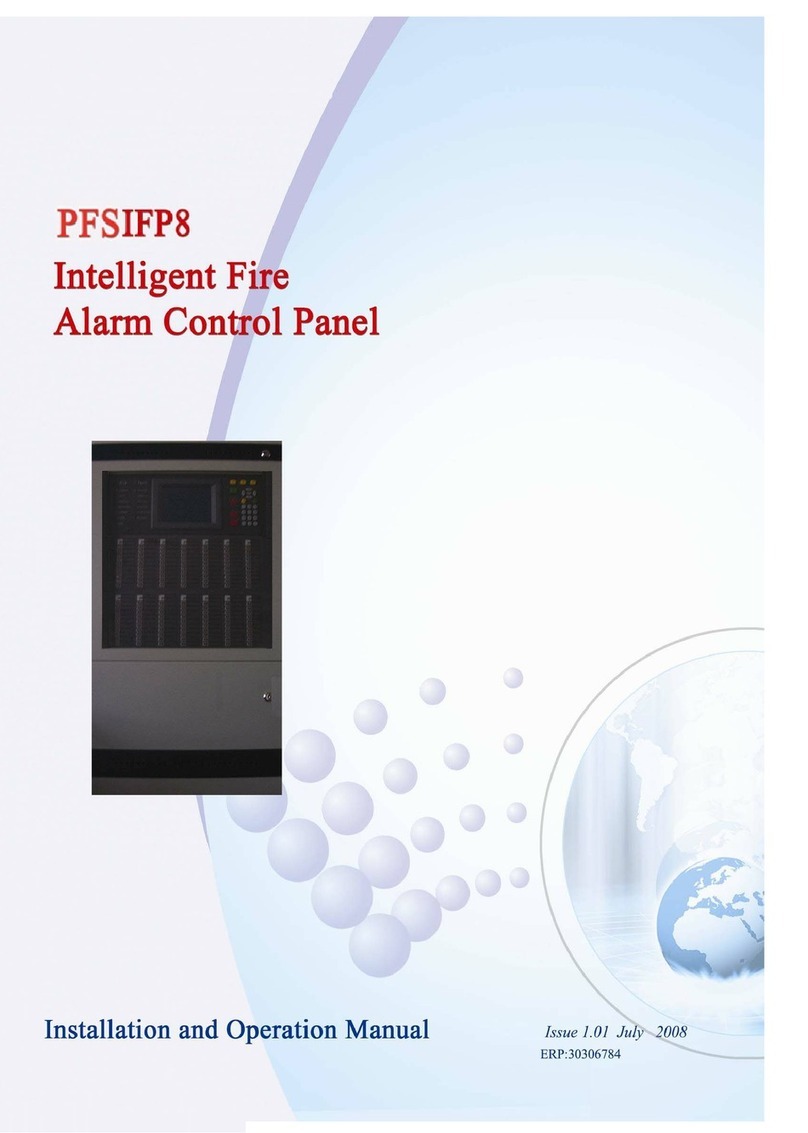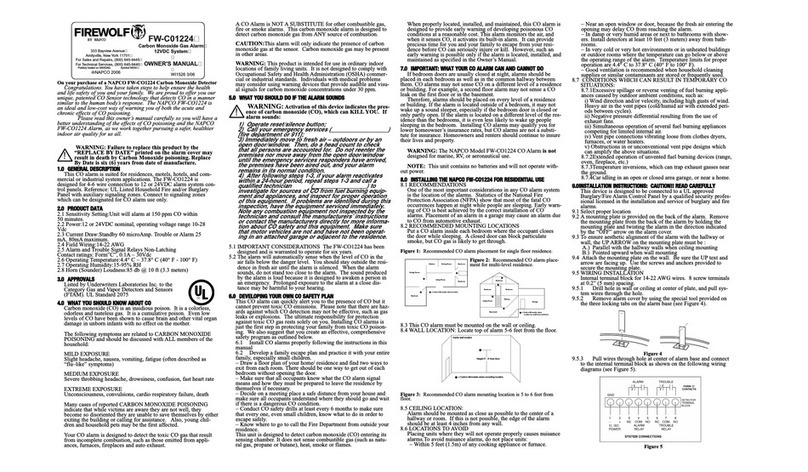
Contents
53722 2
4.3 Battery Connection .................................................................................................................................. 4-3
4.3.1 Battery Accessory Cabinets .............................................................................................................. 4-4
4.3.1.1 Installing the RBB or AB-55 Accessory Cabinet and Batteries ............................................ 4-4
4.4 SBUS Wiring ........................................................................................................................................... 4-7
4.4.1 Calculating Wiring distance for SBUS modules ..............................................................................4-7
4.4.2 Wiring Configurations .................................................................................................................... 4-10
4.5 Configuring SBUS Modules .................................................................................................................. 4-11
4.5.1 Assigning SBUS Module IDs ......................................................................................................... 4-11
4.5.2 SBUS Bandwidth Considerations ................................................................................................... 4-12
4.6 SCSS-700ANN Remote Annunciator
Installation 4-12
4.6.1 Mounting the SCSS-700ANN ........................................................................................................ 4-14
4.6.1.1 Flush Mounting .................................................................................................................... 4-14
4.6.1.2 Surface Mounting ................................................................................................................. 4-16
4.6.2 SCSS-700ANN Connection to the Panel ........................................................................................ 4-17
4.7 5815XL Installation ............................................................................................................................... 4-18
4.7.1 5815XL Connection to the Panel .................................................................................................... 4-19
4.8 5824 Serial/Parallel Interface Module Installation ................................................................................ 4-20
4.8.1 Selecting 5824 Options ................................................................................................................... 4-21
4.9 5880 LED I/O Module ........................................................................................................................... 4-23
4.9.1 5880 Board Layout ......................................................................................................................... 4-23
4.9.2 FACP Connection ........................................................................................................................... 4-24
4.9.3 LED Wiring .................................................................................................................................... 4-25
4.9.4 Dry Contact Wiring ........................................................................................................................ 4-26
4.10 5865-3 / 5865-4 LED Annunciator Installation ..................................................................................... 4-27
4.10.1 FACP Connection ........................................................................................................................... 4-28
4.10.2 5865 Mounting ................................................................................................................................ 4-29
4.11 Vip Module Installation ......................................................................................................................... 4-30
4.12 Telephone Connection ........................................................................................................................... 4-30
4.13 Flexputs™I/O Circuits ........................................................................................................................... 4-30
4.13.1 Conventional Notification Appliance ............................................................................................. 4-31
4.13.1.1 Regulated Class B Notification Wiring ............................................................................... 4-32
4.13.1.2 Class A Notification Wiring ............................................................................................... 4-33
4.13.2 Conventional Input Switch Circuits ................................................................................................ 4-34
4.13.2.1 Class B Inputs ...................................................................................................................... 4-34
4.13.2.2 Class A Inputs ...................................................................................................................... 4-35
4.13.3 Installing 2-Wire Smoke Detectors ................................................................................................. 4-36
4.13.3.1 Installing 2-Wire Class B Smoke Detectors ........................................................................ 4-36
4.13.3.2 Installing 2-Wire Class A Smoke Detector ......................................................................... 4-37
4.13.4 Installing 4-Wire Smoke Detectors ................................................................................................. 4-38
4.13.4.1 Installing a Class B 4-Wire Smoke Detector ....................................................................... 4-38
4.13.4.2 Installing 4-Wire Class A Smoke Detectors ........................................................................ 4-39
4.13.5 Auxiliary Power Installation ........................................................................................................... 4-40
4.13.5.1 Door Holder Power .............................................................................................................. 4-40
4.13.5.2 Constant Power .................................................................................................................... 4-41
4.13.5.3 Resettable Power .................................................................................................................. 4-41
4.14 On-Board Relays (Conventional) ........................................................................................................... 4-41
4.14.1 Trouble Relay ................................................................................................................................. 4-41
4.14.2 Programmable Relays ..................................................................................................................... 4-41
4.15 Remote Station Applications ................................................................................................................. 4-42
4.15.1 Keltron Model 3158 Installation ..................................................................................................... 4-42
4.15.2 City Box Connection Using the 5220 Module ................................................................................4-44
4.15.3 Using the CRF-300 Addressable Relay Module for City box Connection ..................................... 4-45
4.15.4 NFPA 72 Polarity Reversal ............................................................................................................. 4-46



























